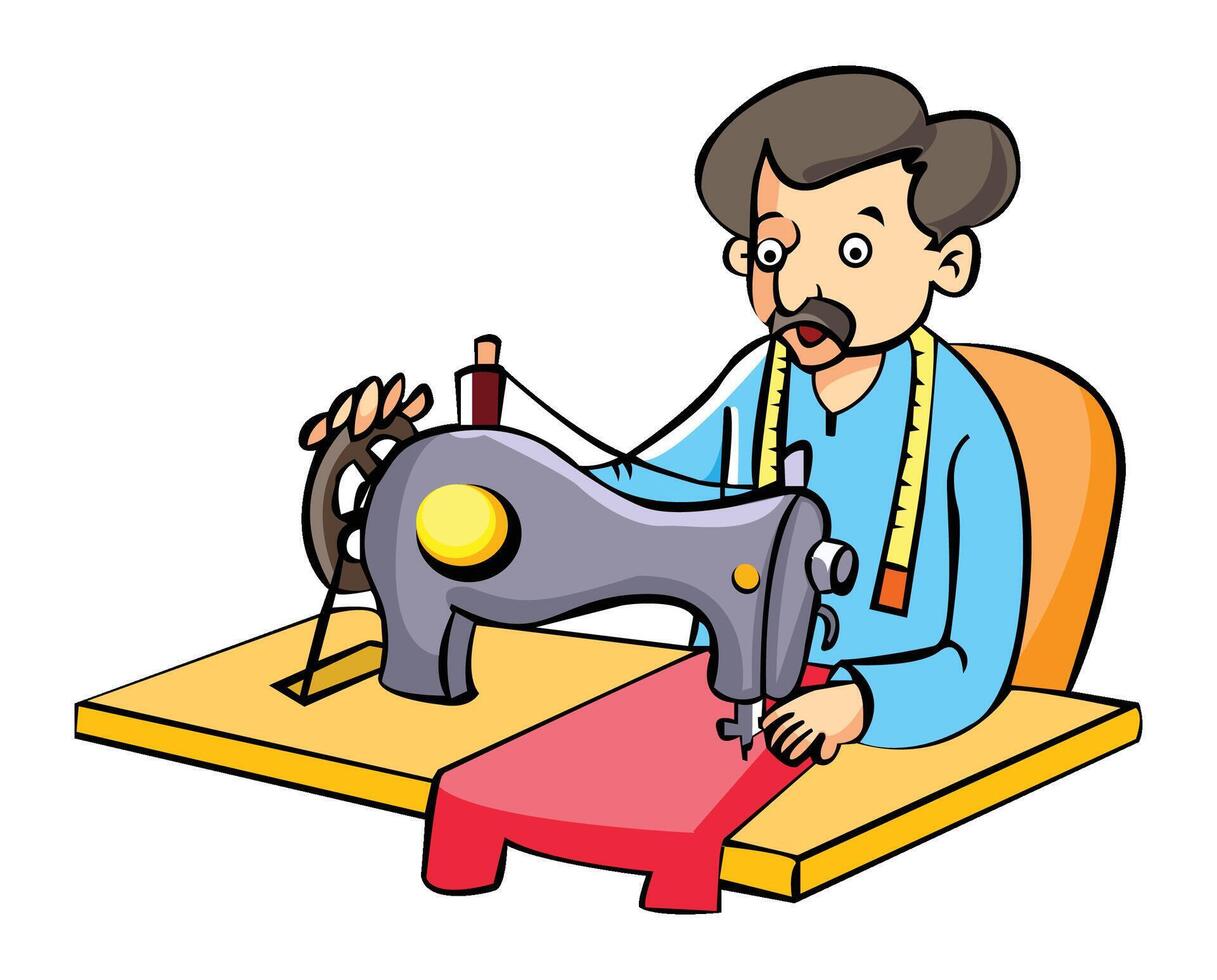Transform Your Look with Tailor Perth: Customized Tailoring Services
Wiki Article
Understanding the Tailoring Process: From Fabric Option to Last Suitable for the Suitable Wardrobe
The customizing process is a complicated interplay of art and science, beginning with the vital choice of material choice and culminating in the accurate adjustments of final installations. Each textile kind brings one-of-a-kind qualities that influence not only the aesthetic appeal however also the garment's long life and viability for various events. Comprehending the nuances of tailoring methods can boost one's closet to unprecedented degrees of refinement. As we check out these aspects even more, one have to think about just how also the smallest information can significantly influence the general outcome of one's personal design.Importance of Material Choice
Selecting the ideal material is vital in the tailoring process, as it straight affects the convenience, sturdiness, and total aesthetic of the final garment (tailor perth). The choice of textile establishes the foundation for the garment's style, efficiency, and functionality. Different fabrics possess one-of-a-kind buildings, such as stretch, breathability, and weight, which can significantly impact how the garment drapes and fits the bodyIn addition, fabric choice affects the garment's durability and simplicity of treatment. High-quality fabrics can endure deterioration, preserving their appearance and structure gradually, while lower-quality products might cause pilling or fading. In addition, the appropriate fabric contributes to the garment's capability to shift throughout celebrations and seasons, thereby improving flexibility.
A customized item made from a suitable material not just showcases workmanship but likewise elevates the wearer's confidence. Comprehending the nuances of textile choice is critical for any tailoring venture. It makes sure that the end product not just meets the visual wishes of the customer however also straightens with functional requirements, thereby attaining a harmonious equilibrium between kind and function in the customized wardrobe.
Kinds of Fabrics and Their Uses
Understanding the numerous sorts of textiles readily available is essential for making notified decisions throughout the customizing process. Each fabric possesses one-of-a-kind characteristics that dictate its viability for details garments and celebrations.Its flexibility permits it to be customized into whatever from t shirts to dresses. Its all-natural flexibility assists garments keep shape over time.
Silk emanates high-end and is light-weight, making it ideal for eveningwear and fragile blouses; nonetheless, it needs careful handling because of its fragility. Bed linen, with its distinctive surface, is a popular choice for warm climates, supplying a ventilated and crisp feeling, yet it wrinkles easily, which may impact the garment's appearance.
Artificial fabrics, such as polyester and nylon, offer durability and resistance to wrinkles, making them appropriate for day-to-day wear and active garments. Recognizing these fabric kinds and their buildings enables for far better decision-making, making sure that each tailored piece not just fits well but also aligns with the designated purpose and occasion.
The Tailoring Techniques Discussed
The art of tailoring counts on a variety of techniques that transform fabric into well-fitted garments. Central to this process is pattern drafting, where a dressmaker creates templates based on the client's dimensions and wanted style. This initial step makes certain that the garment will certainly fit the wearer properly before any type of reducing occurs.Once patterns are established, reducing techniques come into play. Accuracy is paramount as mistakes can lead to misfitting garments. Tailors typically utilize different reducing methods, such as single-layer cutting for intricate layouts and multiple-layer cutting for efficiency on standard patterns.
Basting is an additional necessary method, allowing dressmakers to momentarily stitch material assemble for an initial fitting. This method offers the possibility to examine the drape and overall shape before last stitching.
Seaming methods, including french seams and flat-felled joints, enhance the garment's resilience and visual charm. Tailors also use methods such as interfacing and padding to provide framework and form to particular locations, like shoulders and collars.
Lastly, finishing methods, consisting of hemming and side completing, make certain the garment's durability while supplying a refined look. With each other, these methods create the backbone of reliable customizing, resulting in charming, custom-fit garments.
Suitable Changes and Considerations

Secret considerations include the Go Here shoulder fit, which must neither sag nor restrict motion, and the sleeve size, which need to enable comfortable arm motion while maintaining a sleek look. Additionally, adjustments at the midsection can improve the shape, with choices to allow out or absorb textile as needed.
The rise of pants is another crucial aspect; it should sit conveniently over the hips without causing pain, permitting ease of movement. Hemming sizes for both pants and skirts ought to show the wearer's recommended style while respecting percentages.

Keeping Your Tailored Attire
Appropriate upkeep of customized garments is necessary to maintaining their fit and appearance gradually. To guarantee durability, normal cleansing is critical. Constantly follow the treatment tag directions, which might recommend dry cleaning for fragile fabrics or equipment washing for more sturdy materials. Prevent constant laundering, as this can wear down the textile and modify the garment's shape.Storage space is just as crucial; usage cushioned wall mounts for jackets and coats to keep shoulder framework, and shop trousers folded neatly or hung to avoid creasing. Secure garments from direct sunshine, which can fade shades and damage fibers.
Additionally, regular evaluations for small fixings can protect against larger issues. Examine for loosened buttons, tearing best site seams, or signs of moth damages, attending to these problems promptly to preserve the garment's integrity.
Lastly, take into consideration seasonal rotation. Putting on tailored pieces in small amounts allows textiles to recuperate, extending their life-span. By executing these maintenance approaches, you can make certain that your customized garments remain as immaculate as the day you initially wore them, improving your optimal closet for many years ahead.
Final Thought
The tailoring process, incorporating textile selection, skilled methods, and precise suitable adjustments, plays a critical function in developing garments that enhance both convenience and style. Each stage adds to the overall performance of the final item, making sure that clothes not just fits well however also shows private identification. Understanding the value of upkeep expands the life of tailored garments, strengthening their worth go to the website in a well-curated closet. A comprehensive approach to customizing culminates in a confident and sleek appearance.Selecting the ideal material is vital in the customizing procedure, as it directly influences the comfort, sturdiness, and general aesthetic of the final garment. The selection of fabric establishes the foundation for the garment's design, capability, and efficiency. Various materials possess distinct buildings, such as weight, stretch, and breathability, which can significantly influence just how the garment drapes and fits the body.
The art of tailoring relies on a variety of strategies that change material into well-fitted garments.The customizing procedure, incorporating material choice, proficient methods, and accurate fitting changes, plays an important function in creating garments that boost both comfort and style.
Report this wiki page